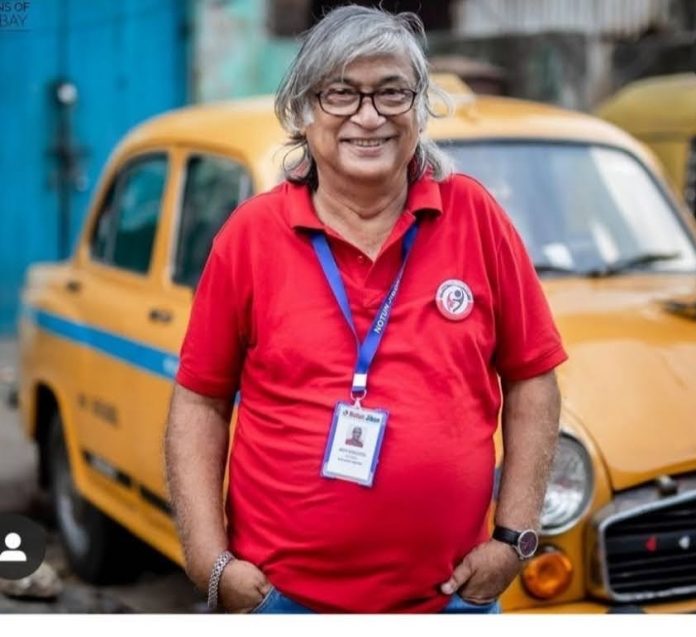
Arup Sengupta’s Story – Homeless to a Ray of Hope
Date:

Share post:
Arup Sengupta spent his childhood homeless, hopeless, and hungry, roaming the streets of Kolkata.
He was not born on the streets, but fate took him there. Arup was born in 1952 into the affluent Sengupta family of Kolkata. But, in 1968, tragedy struck the Sengupta household. His father died, his mother took to alcohol, and his elder sister began working in dance bars to support the family. As if these troubles were not enough, that another struck. This time Arup was diagnosed with tuberculosis and given seven months to live. Sadly with the stigma attached to tuberculosis (TB), Arup was forcefully thrown out of his home and locality. A 16-year-old Arup Sengupta who was abandoned on the streets of Kolkata only to die later turned into a savior for other street kids.
Life and death
One day he was introduced to Sister Teresa (later Mother Teresa or Saint Teresa), the footpath savior who took care of leprosy patients on the streets. Sister Teresa could not take Arup to the Missionaries of Charity. What she did instead was arranged for him to go to a TB care facility in Darjeeling. He stayed there for two months with 18 others, most of whom died before his eyes. But luckily, he survived. Upon recovering fully, he returned to Kolkatta and stayed at the shelter home called Missionaries of Charity, run by Mother Teresa.
The young and determined Arup did odd jobs to complete his college education. After that, he entered the corporate world, where he worked for more than 45 years in Delhi, Mumbai, and Bengaluru. After retiring in 2016, when Arup returned to Kolkatta, it was like a cruel flashback. There was acute poverty, and there were more homeless on the streets.

Arup Sengupta returns home
Arup knew it was pay-back time. On New Years’ Eve 2016, Arup was out on the streets with his wife Dalia, family friend Jhumki Banerjee and her 15-year daughter, Subhangi, distributing 200 blankets to homeless kids sleeping on the pavements.
“The city I left as a young boy had changed. I came back to poverty, apathy, and a general sense of disillusionment. No one should go to bed at night on a hungry stomach. When I meet my maker, I need to have my answers ready and be able to look at him and tell him I did all I could to make a difference,” says Arup.

Notun Jibon
As the night passed, Arup knew this was his calling – his second life, Notun Jibon.
In February 2019, Arup finally registered the NGO – Notun Jibon. The organization has a strength of eight women, who call themselves Nari Shakti and two men. Notun Jibon teaches underprivileged kids. It also runs the Sahaj Path (Easy Way) school, which has forty children between the ages of 3 and 12 years attending the school, including children of the sex workers of Kalighat.
Arup has been a savior in the slums of Kolkatta. He and his NGO, Jotun Jibon have served over 3,991 lives.
Notun Jibon in Covid
During the Covid-19 lockdown, Arup and his Notun Jibon team were on their feet trying to get groceries and other essentials to the people in need. They distributed groceries to over 400 sex workers every month during this period.
The Circle of Life
Arup, now a widower, plans to complete the circle of life. Growing up as homeless to becoming a ray of hope to others living on the street, Arup has come a long way. He plans to open an ashram called Ananda Ashram, which will have a shelter home and school in the nearby Sundarban village. Also, Arup wishes to spend the remaining of his life here, taking care of 100 students from the red light areas of Kolkatta. In addition, he is working on Akanto Apon (Selfishly Mine), a center to house twenty dying and destitute elderly picked up from the streets of Kolkata.
May God give him time to complete his circle of life!
